By Jane E. Huffman and John R. Wallace
Wildlife Forensics: Methods and Applications provides an accessible and practical approach to the key areas involved in this developing subject. The book contains case studies throughout the text that take the reader from the field, to the lab analysis to the court room, giving a complete insight into the path of forensic evidence and demonstrating how current techniques can be applied to wildlife forensics.
The book contains approaches that wildlife forensic investigators and laboratory technicians can employ in investigations and provides the direction and practical advice required by legal and police professionals seeking to gain the evidence needed to prosecute wildlife crimes.
The book will bring together in one text various aspects of wildlife forensics, including statistics, toxicology, pathology, entomology, morphological identification, and DNA analysis.
This book will be an invaluable reference and will provide investigators, laboratory technicians and students in forensic Science/conservation biology classes with practical guidance and best methods for criminal investigations applied to wildlife crime.
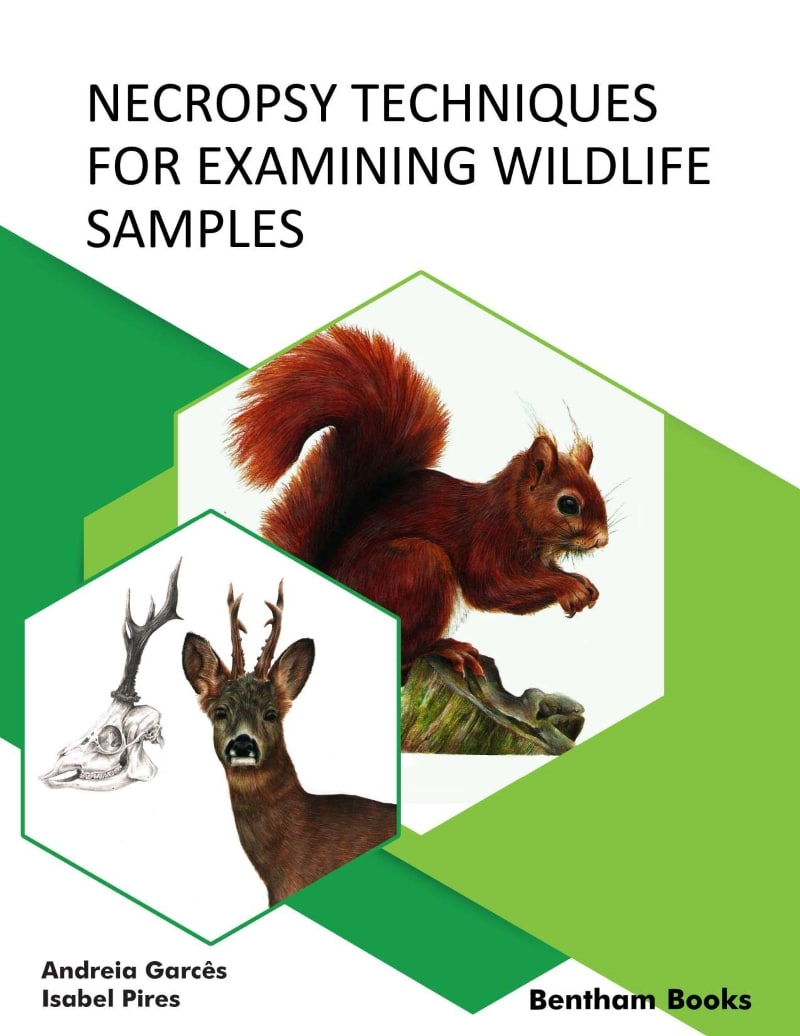
Features
Features:
- Includes practical techniques that wildlife forensic investigators and laboratory technicians can employ in investigations.
- Includes case studies to illustrate various key methods and applications.
- Brings together diverse areas of forensic science and demonstrates their application specifically to the field of wildlife crime.
- Contains methodology boxes to lead readers through the processes of individual techniques.
- Takes an applied approach to the subject to appeal to both students of the subject and practitioners in the field.
- Includes a broad introduction to what is meant by ‘wildlife crime’, how to approach a crime scene and collect evidence and includes chapters dedicated to the key techniques utilized in wildlife investigations.
- Includes chapters on wildlife forensic pathology; zooanthropological techniques; biological trace evidence analysis; the importance of bitemark evidence; plant and wildlife forensics; best practices and law enforcement.
Table of Contents
Table of Contents:
-
Wildlife Ownership
-
Society for Wildlife Forensic Science
-
The Application of Forensic Science to Wildlife Evidence
-
Defining a Crime Scene and Physical Evidence Collection
-
Forensic Evidence Collection and Cultural Motives for Animal Harvesting
-
Forensic Entomology and Wildlife
-
Wildlife Forensic Pathology and Toxicology in Wound Analysis and Pesticide Poisoning
-
The Use of Hair Morphology in the Identification of Mammals
-
Plants and Wildlife Forensics
-
Identification of Reptile Skin Products Using Scale Morphology
-
Best Practices in Wildlife Forensic DNA
-
Statistics for Wildlife Forensic DNA
-
Forensic DNA Analysis of Wildlife Evidence
-
DNA Applications and Implementation
-
Conservation Genetics and Wildlife Forensics of Birds
-
Wildlife Forensics in Thailand: Utilization of Mitochondrial DNA Sequences
-
The Future of Wildlife Forensic Science



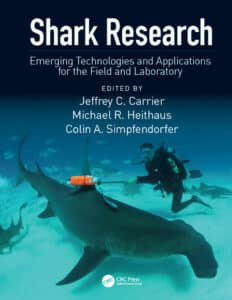

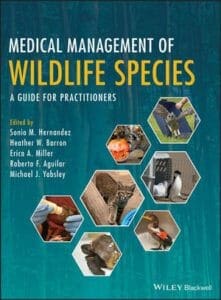



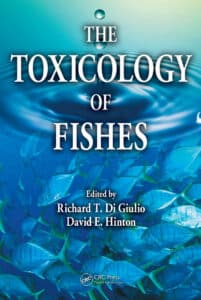
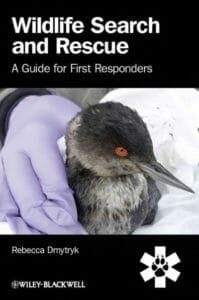






![Ettinger’s Textbook of Veterinary Internal Medicine 9th Edition Ettinger’s Textbook of Veterinary Internal Medicine 9th Edition [True PDF+Videos]](https://www.vet-ebooks.com/wp-content/uploads/2024/10/ettingers-textbook-of-veterinary-internal-medicine-9th-edition-100x70.jpg)







